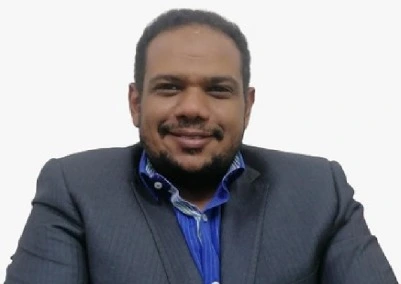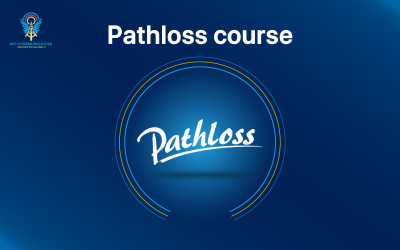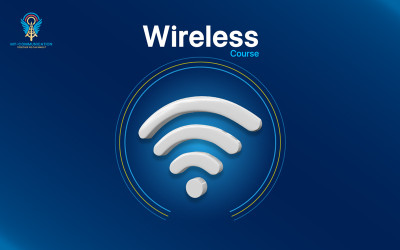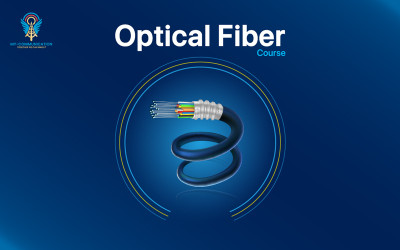Course description
Have you ever wondered how signals are transmitted between communication towers despite long distances and natural obstacles?
In the world of wireless communication networks, there is no room for randomness… every tower, every link, and every path is calculated with high precision to ensure service quality and minimize potential losses. This is where the Pathloss software comes in an engineering tool relied upon by engineers for designing and analyzing microwave links between towers.
Pathloss doesn’t just draw theoretical paths, it simulates the real-world scenarios in great detail; from terrain to weather effects to antenna characteristics. The primary goal is to build a reliable network, minimizing the likelihood of signal failure to the lowest possible level, thus protecting companies from potential financial losses due to poor design or ignoring the impact of natural obstacles.
In this course, we will dive into how to use Pathloss to accurately design links, analyze results, and make the right engineering decisions before beginning any field installation process.
Pathloss is a software tool aimed at designing and analyzing microwave links between two different locations, whether from one coverage tower to another or from a coverage tower to the core network of mobile phones. It does this by simulating these links through graphical representations that show their paths. It also studies the quality of factors related to the ideal propagation of microwave networks, including weather conditions, terrain, and antenna characteristics.
All of this is aimed at avoiding potential financial losses due to failures in microwave links caused by weather-related obstacles or inadequate antenna heights for terrain factors, among others. Therefore, the simulation step using Pathloss precedes the installation of coverage towers.
General Objectives of the Pathloss Course
The objectives of the Pathloss course can be summarized as follows:
Preparing Trainees for Link Budget Planning: Learn how to calculate and adjust parameters like capacity, modulation, frequency planning, and antenna gain.
Analyzing Environmental Impact on Microwave Links: Understand how weather, terrain, debris, and other environmental factors affect microwave link performance.
Who Will Benefit from the Pathloss Pathloss Course?
Communication Engineering students, graduates, and professionals.
Site Engineers responsible for tower installations.
Radio Planners.
Course Content of the Pathloss Communications Program
The Pathloss communications course offers a comprehensive curriculum for microwave communication engineers, enabling them to plan and design a microwave network, starting with understanding its systems and components and culminating in real-world implementation of the link. The course is divided into three main topics:
Path Performance: A brief overview of the factors affecting signal transmission and reception across the microwave link, including:
Distance
Line of Sight (LOS)
Atmosphere
Obstacles
Clearance
Link Budget Calculation: Understanding the principles of using Pathloss software along with calculating and adjusting parameters related to microwave link design and studying the reflection of results in real-world scenarios:
Capacity
Modulation
Frequency Planning
Power Planning
Antenna
Network Performance: A comprehensive explanation of how to design a microwave network containing an infinite number of microwave links, including studying interferences between connected systems through microwave technology and solving interference issues, as well as analyzing the effect of links on each other.
Key Technical Terms Related to the Pathloss Course
Here is a list of the main scientific terms included in this course:
Path Performance
Capacity
Modulation
Frequency Planning
Power Planning
Clearance
Line of Sight (LOS)
Fresnel Zone
Obstruction
Link Configuration
Fading
K Factor
Frequently Asked Questions
1. How long will the Pathloss course remain available in my account?
A: The course will remain available for a lifetime in your account, allowing you to revisit the content and learn at your own pace.
2. How can I keep up with updates and developments in the field of communications?
A: At My Communications Academy, we regularly update our courses and content to include the latest developments in the field. You will automatically receive updated content to stay up-to-date with the newest knowledge and skills.
3. Will I receive a certificate upon completion of the course?
A: Yes, upon successfully completing all course requirements—i.e., completing all practical projects and passing the final exam—you will receive an accredited certificate from the academy confirming your completion and competency in the Pathloss course.
4. What are the prerequisites for enrolling in the Pathloss course?
A: Basic Knowledge in Communication Engineering: Preferably, the student should have an academic background in communication engineering or its equivalent. Familiarity with Wireless Communications and Microwave Networks: It is recommended that the student has a basic understanding of wireless communications and microwave networks.
5. Who will benefit from this course?
A: Communication Engineering students, graduates, and professionals. Site Engineers responsible for tower installations. Radio Planners.
Don’t miss the opportunity to master microwave network design professionally. Register now for the Pathloss course and start your journey toward excellence in the world of telecommunications




